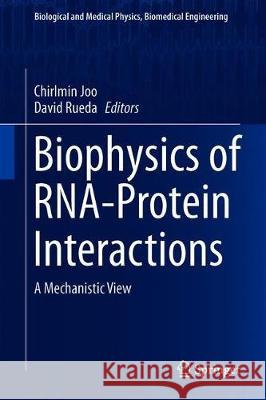Biophysics of Rna-Protein Interactions: A Mechanistic View » książka
topmenu
Biophysics of Rna-Protein Interactions: A Mechanistic View
ISBN-13: 9781493997244 / Angielski / Twarda / 2019 / 249 str.
Kategorie:
Kategorie BISAC:
Wydawca:
Springer
Seria wydawnicza:
Język:
Angielski
ISBN-13:
9781493997244
Rok wydania:
2019
Wydanie:
2019
Numer serii:
000380462
Ilość stron:
249
Waga:
0.54 kg
Wymiary:
23.39 x 15.6 x 1.6
Oprawa:
Twarda
Wolumenów:
01
Dodatkowe informacje:
Wydanie ilustrowane











